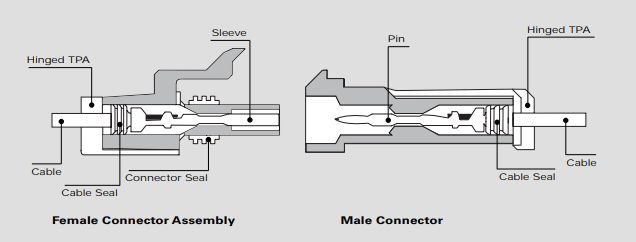"....as humidity measurement only is useful if there is free flow air...." I disagree.
To not damage the wall in any way, I would use a humidity sensor (several are available, I am using the BME280 for a different application)
I would mount the sensor inside a plastic box with no top (like a storage box) I would hold the box to the wall using perhaps a piece of furniture etc. You would have to "calibrate" how much humidity would be too much. There is a possibility the humidity sensor might be too sensitive and simply go to 100% with a small amount of moisture in the wall.
I'm curious, what would be done if moisturize was detected during the winter?

